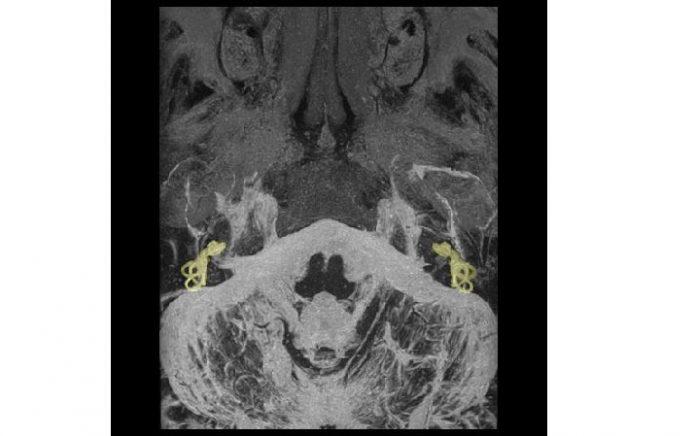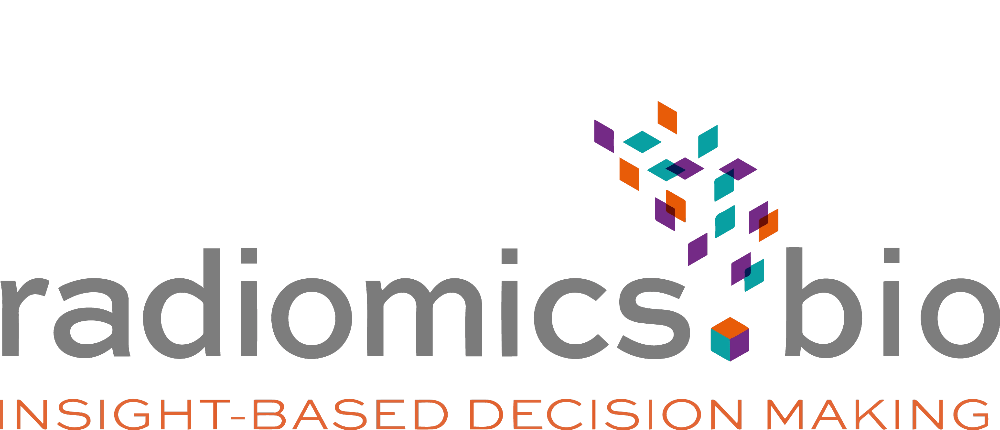- February 22nd, 2021
- Category: article
Artificial intelligence helps doctors address inner ear problems
A new method to map the inner ear using artificial intelligence (AI). That is what the Belgian start-up Radiomics has developed in close collaboration with doctors and scientists from Maastricht UMC +, Maastricht University, Antwerp University Hospital (UZA) and the University of Antwerp.
News1
Artificial intelligence helps doctors address inner ear problems
A new method to map the inner ear using artificial intelligence (AI). That is what the Belgian start-up Radiomics has developed in close collaboration with doctors and scientists from Maastricht UMC +, Maastricht University, Antwerp University Hospital (UZA) and the University of Antwerp.
Researcher Akshayaa Vaidyanathan from Radiomics explains: “To examine the inner ear with MRI scans, you have to be able to recognize the inner ear very precisely on such a scan. That is quite a challenge with a small structure. Until now, doctors manually indicated exactly where the inner ear is located on a scan, but this is not only very time-consuming, it can also lead to large differences between them. ”
New method
To solve this problem, a new method was developed based on artificial intelligence. This application makes it possible to recognize the inner ear fully automatically on the MRI scan. Not only can this be done within seconds with this new application, it is also possible to do this over and over again with a particularly high reproducibility. ENT specialist Prof. Vincent Van Rompaey of the University Hospital Antwerp: “In the future, this application can help doctors in the diagnosis and treatment of disorders in the inner ear, but also help in training doctors.”
Labyrinth
Deep in the ear is not only the cochlea that makes us hear, but also the vestibular organ. Together they form the inner ear (or labyrinth), located in the rock bone, the hardest bone in the human body. We hear and maintain our balance through a complex interplay of pressure waves in the fluid in the inner ear. Vibrating movements of the air (sounds) are amplified to such an extent that a pressure wave can be generated in the cochlea to activate the hair cells and the auditory nerve.
Head movements set the fluid in the balance organ in motion, and then activate another type of hair cells. The balance nerve will be able to control the eyes lightning fast and keep your image sharp while moving. If the complex interplay of pressure waves is not balanced, it can cause hearing loss, ringing in the ears or dizziness.
Teaspoon
To better understand certain inner ear diseases, it is important to be able to properly examine the inner ear. But the inner ear is very small and is therefore difficult to examine. ENT doctor and balance expert Dr Raymond van de Berg of Maastricht UMC + makes a comparison to make this clear: “A teaspoon (5 milliliters) can contain 25 times the content of the inner ear. This new technique with artificial intelligence can help us to map the inner ear much better and faster with an MRI scan. ”



